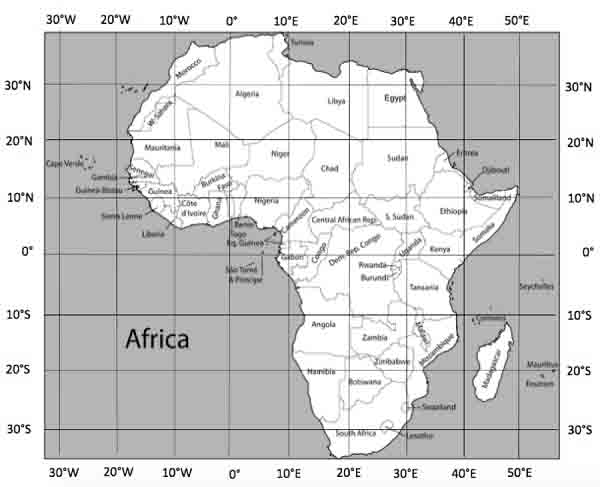- Rotation is the movement of the Earth on its own axis
Time Calculation
- The Earth rotates 360° in 24 hours which is equal to 1 day.
- The Earth rotates from West to East on its own axis
- When calculating the time of a location, we add if a place is to the East and subtract if the place is to the West.
Example
If the time is 7:00 a.m in Accra which is at 0°, what is the time in Nairobi which is 45° E.
1° = 4 Minutes
45° = 45 x 4 = 180 Minutes = 3 hours
Nairobi is to the East of Accra hence we add 3 hours to the time in Accra.
7.00 a.m + 3 hours = 10.00 a.m
Time in Nairobi is 10.00 a.m
Effects Of Rotation Of The Earth On Time
- It causes day and night
- It causes a difference in time in different parts of the world
- It causes rise and fall of tides
Effects of revolution of the Earth
- Revolution is the movement of the Earth round the sun.
- One complete revolution takes 365¼ days.
- Revolution causes 4 seasons.
- Spring
- Autumn
- Winter
- Summer

Seasons Caused by Revolution of the Earth - Image Courtesy
- It also influences the length of day and night hours.
- It influences the position of the overhead sun in certain months.




